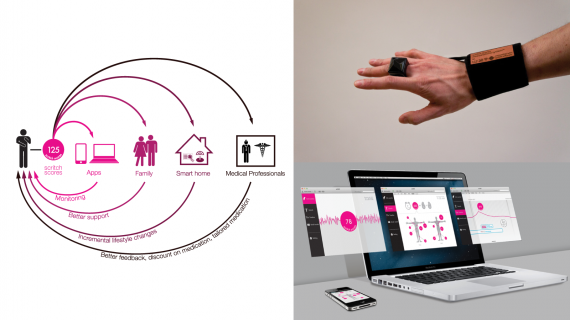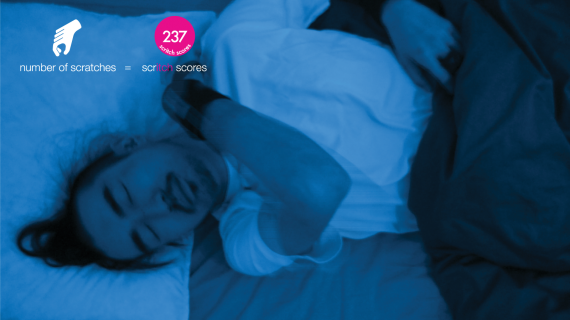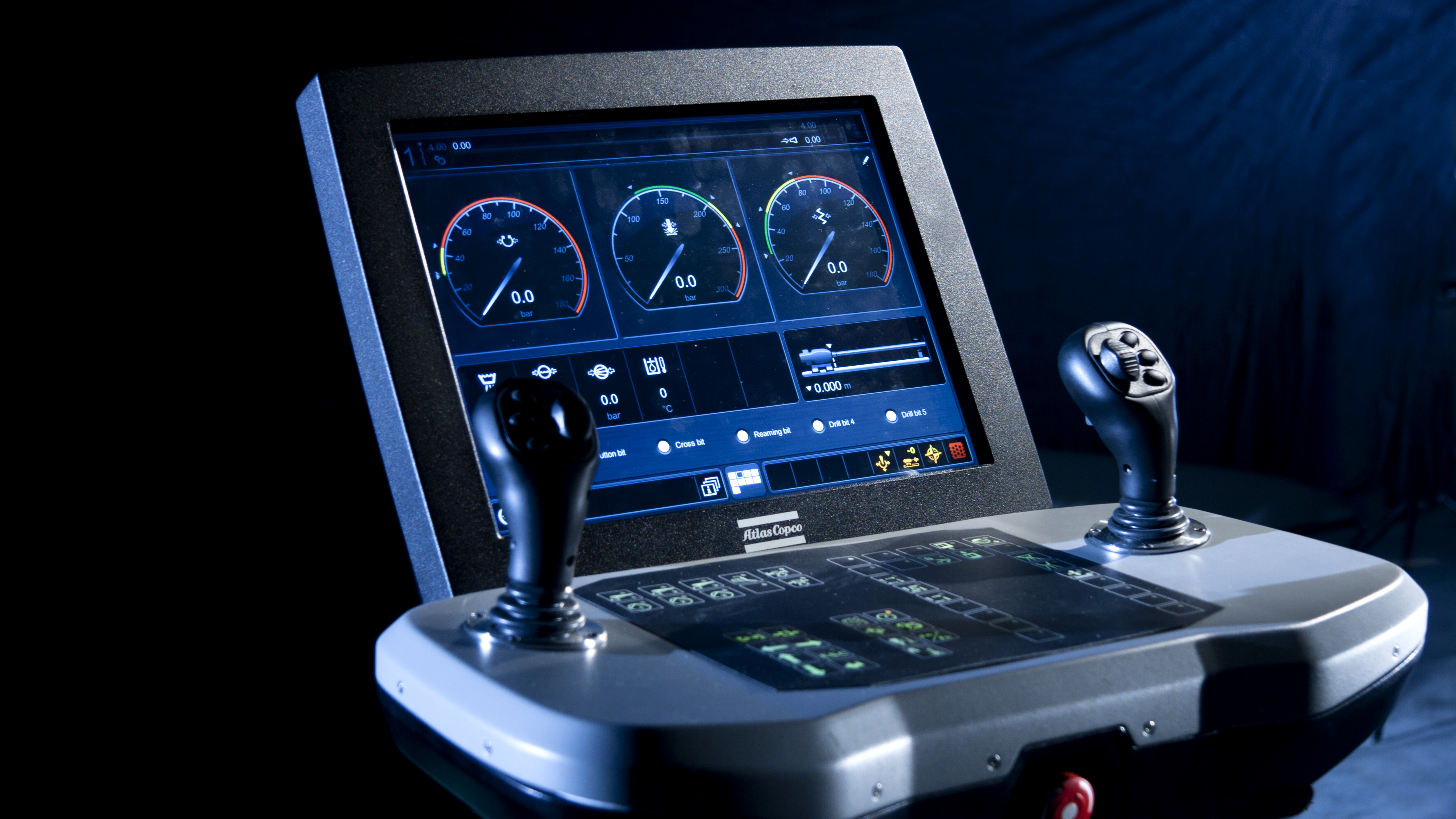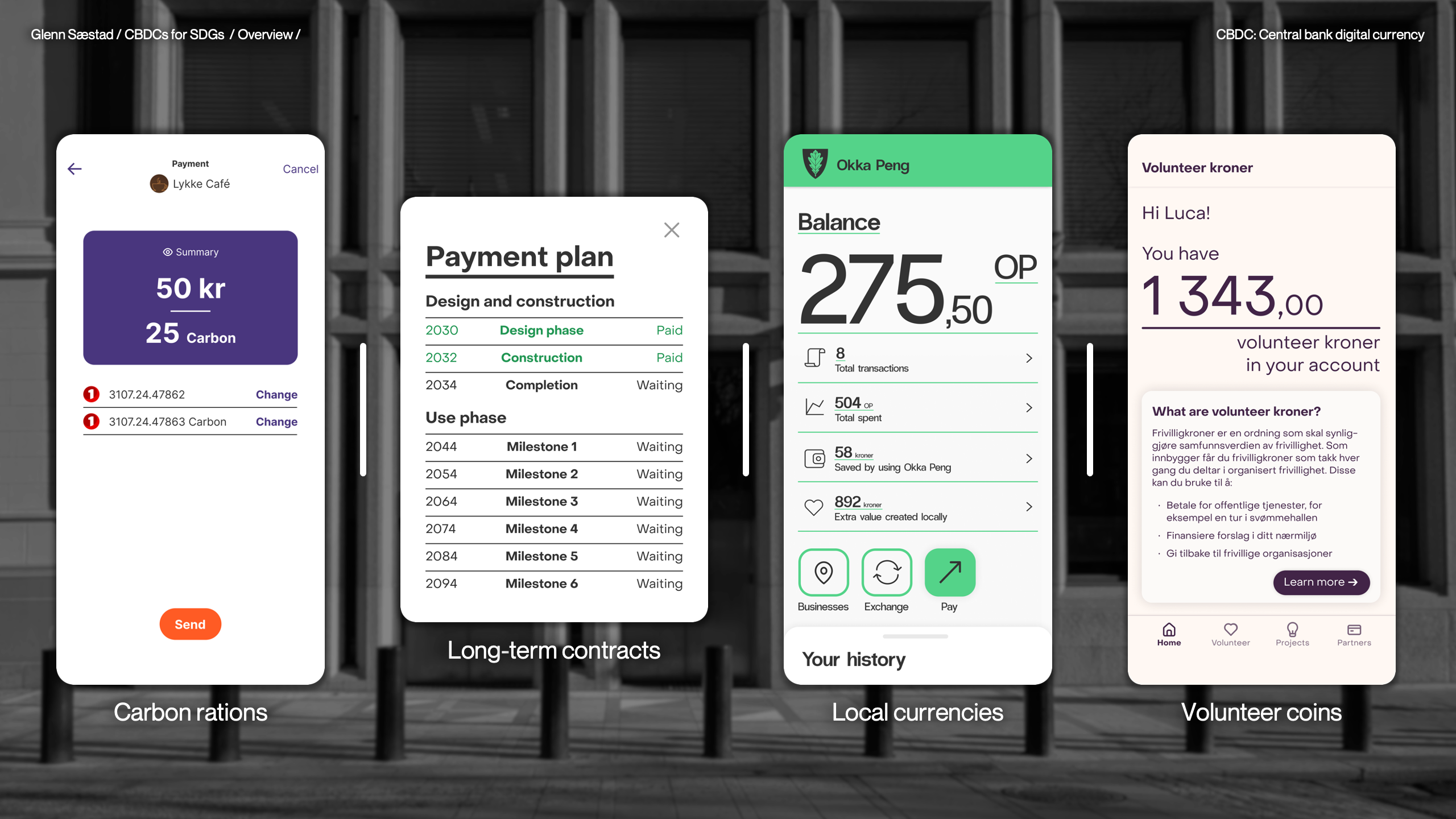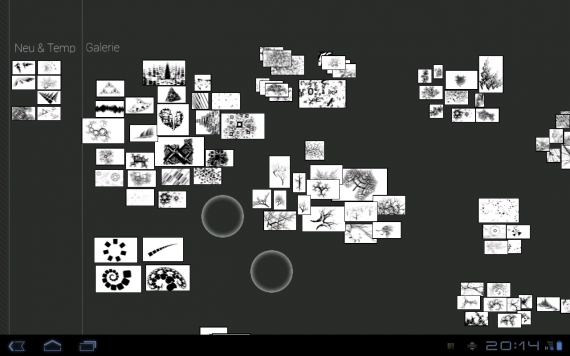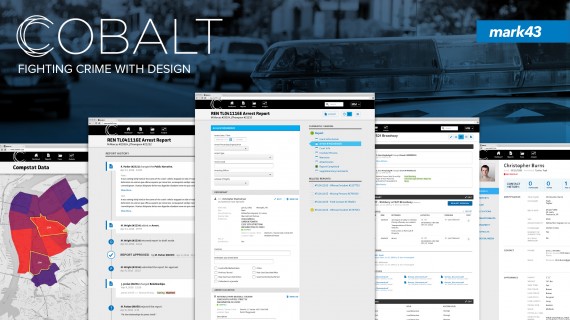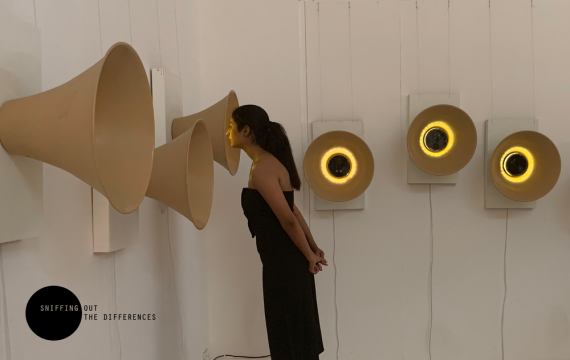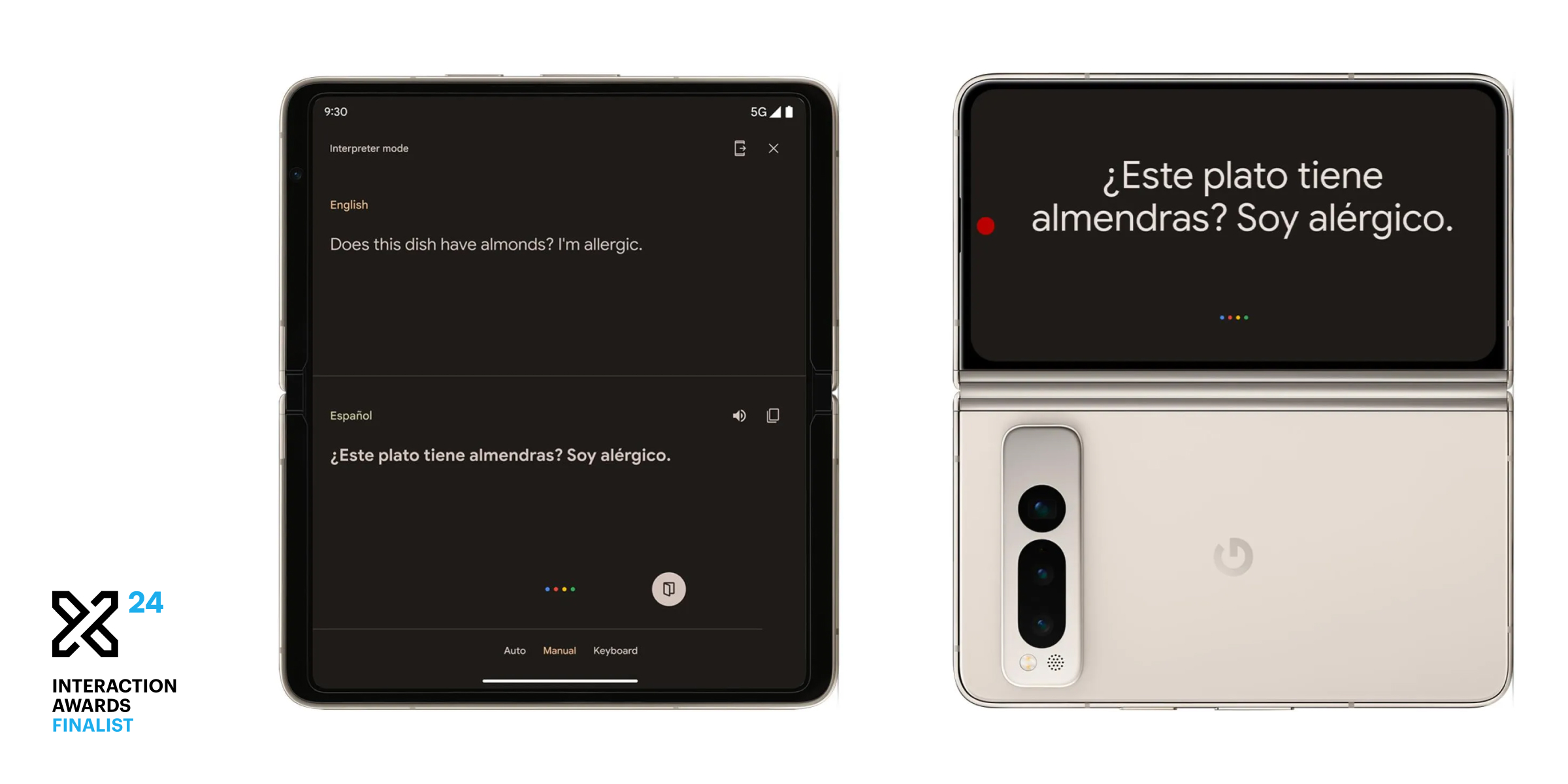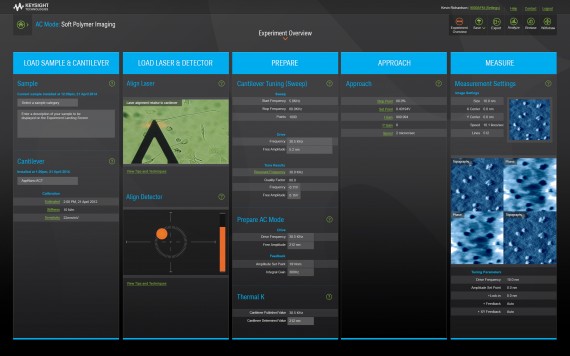Scritch
Team
Company | Institution
Category
Type
Project description
Atopic eczema is a very itchy, chronic, non-contagious, inflammatory skin condition that affects approximately 10-20 percent of the world’s population. Due to changes in our modern daily lifestyle, it has become 2-3 times more prevalent today, compared to 40 years ago. There is no single cause of eczema: it can be inherited, caused by environmental factors, or a combination of both. An incremental lifestyle change is believed to improve one’s condition, but correlating behavioral changes with itchiness severity is difficult to measure, highly subjective, and often overlooked.
Itchiness is a subjective sensation that ranges from mild to severe depending on the individual. A patient can scratch as many as 100-1000 times a day, and each scratch causes an even stronger need to continue scratching. This vicious ‘scratch-itch cycle’ can worsen existing rashes and increase the risk of infection from openings on the skin. Subconscious scratching occurs during sleep resulting in a decline in the quality of sleep, which can in turn limit one’s physical abilities, lifestyle choices, social behaviors, and even relationships.
Scritch collects data to analyze individual itching patterns and determines how factors such as prescription medication, environmental factors, and stress levels affect symptoms and future outbreaks.
Context
As an individual having suffered from atopic eczema for over 30 years, I chose to design a tool that would improve lives of those struggling with similar chronic skin disorders for my master’s thesis project. Sharing perspectives of both an end user and designer, I had the unique advantage of addressing the user’s immediate needs as well as finding design opportunities in micro-macro scale. The intent of this project was to develop a tool that objectively measures levels of itchiness (a subjective sensation), but also to devise a method that encourages productive communication between patient and doctor. Just as a fever is measured in temperature units, levels of itchiness can be recorded in ‘scritch score’ units. Relating a ‘scritch score’ with a level of itchiness can empower patients by giving them the ability to self-monitor their condition, communicate the cause and effects of their condition, and drastically improve the quality of their life. As an added benefit, the large quantities of data collected by patients can be used by pharmaceutical companies for further R&D and clinical trials.
Impact
Scritch’s ecosystem has the potential to transform the current paradigm in dermatology as it collects and monitors a patient’s scratching patterns while using the collected data to analyze the efficacy of treatments.
For patients: Scritch empowers patients to analyze and understand itching patterns along with other data such as environmental factors, food, and medication, which can also be added to analyze a patient’s condition and efficacy of their treatments.
For family: The ability to share ‘scritch scores’ provides an alternative method of communication. This can especially be helpful for children who have difficulty explaining the severity of their itching and itching patterns.
SmartHome: Scritch can work within a SmartHome and make small incremental changes in lifestyle such as regulating room temperature, humidity, and air quality.
For doctors: The data collected through Scritch is easily understood and analyzed by the doctor because of its objective method of measuring and monitoring a patient’s behavioral patterns.
For pharmaceutical companies: Real-time data can be donated to pharmaceutical companies for R&D and clinical trials. There is also the potential for creating medications tailored to each individual’s condition. In exchange for receiving personal data, pharmaceutical companies could give patients discounted incentives towards future prescription medications.
Craft
Scritch was the result of thorough research and validation with patients, their families, and medical professionals. I, myself, have engaged in this experience as a person living with atopic eczema. The strategy of the project was generated through the above mentioned activities and key-insights found. These include:
- difficulty in measuring levels of itchiness
- difficulties in patient-doctor communication
- missed opportunities to point out incremental lifestyle changes
After brainstorming, I created prototypes ranging from hands-on analogue prototypes to intricate prototypes that explored combinations of sensing technologies such as motion, sound, and visuals.
As a result of multiple explorations and testing, wearables seemed to be most effective as it allowed detection of movements when a user was scratching during his/her sleep. This monitoring method is based on ergonomic studies of scratching observations in a state of unconsciousness.
The final functional prototype was a result of crafting a technology using tangible materials. Pattern recognition was used to detect acceleration of the middle-fingers and data was then wirelessly transferred to a laptop. 3-axis accelerometers were included in the 3D-printed rings with ArduinoFio and Xbee inside the wristbands. To collect a data set, the prototype was tested on myself for 10 nights.
Itchiness is a subjective sensation that ranges from mild to severe depending on the individual. A patient can scratch as many as 100-1000 times a day, and each scratch causes an even stronger need to continue scratching. This vicious ‘scratch-itch cycle’ can worsen existing rashes and increase the risk of infection from openings on the skin. Subconscious scratching occurs during sleep resulting in a decline in the quality of sleep, which can in turn limit one’s physical abilities, lifestyle choices, social behaviors, and even relationships.
Scritch collects data to analyze individual itching patterns and determines how factors such as prescription medication, environmental factors, and stress levels affect symptoms and future outbreaks.
Context
As an individual having suffered from atopic eczema for over 30 years, I chose to design a tool that would improve lives of those struggling with similar chronic skin disorders for my master’s thesis project. Sharing perspectives of both an end user and designer, I had the unique advantage of addressing the user’s immediate needs as well as finding design opportunities in micro-macro scale. The intent of this project was to develop a tool that objectively measures levels of itchiness (a subjective sensation), but also to devise a method that encourages productive communication between patient and doctor. Just as a fever is measured in temperature units, levels of itchiness can be recorded in ‘scritch score’ units. Relating a ‘scritch score’ with a level of itchiness can empower patients by giving them the ability to self-monitor their condition, communicate the cause and effects of their condition, and drastically improve the quality of their life. As an added benefit, the large quantities of data collected by patients can be used by pharmaceutical companies for further R&D and clinical trials.
Impact
Scritch’s ecosystem has the potential to transform the current paradigm in dermatology as it collects and monitors a patient’s scratching patterns while using the collected data to analyze the efficacy of treatments.
For patients: Scritch empowers patients to analyze and understand itching patterns along with other data such as environmental factors, food, and medication, which can also be added to analyze a patient’s condition and efficacy of their treatments.
For family: The ability to share ‘scritch scores’ provides an alternative method of communication. This can especially be helpful for children who have difficulty explaining the severity of their itching and itching patterns.
SmartHome: Scritch can work within a SmartHome and make small incremental changes in lifestyle such as regulating room temperature, humidity, and air quality.
For doctors: The data collected through Scritch is easily understood and analyzed by the doctor because of its objective method of measuring and monitoring a patient’s behavioral patterns.
For pharmaceutical companies: Real-time data can be donated to pharmaceutical companies for R&D and clinical trials. There is also the potential for creating medications tailored to each individual’s condition. In exchange for receiving personal data, pharmaceutical companies could give patients discounted incentives towards future prescription medications.
Craft
Scritch was the result of thorough research and validation with patients, their families, and medical professionals. I, myself, have engaged in this experience as a person living with atopic eczema. The strategy of the project was generated through the above mentioned activities and key-insights found. These include:
- difficulty in measuring levels of itchiness
- difficulties in patient-doctor communication
- missed opportunities to point out incremental lifestyle changes
After brainstorming, I created prototypes ranging from hands-on analogue prototypes to intricate prototypes that explored combinations of sensing technologies such as motion, sound, and visuals.
As a result of multiple explorations and testing, wearables seemed to be most effective as it allowed detection of movements when a user was scratching during his/her sleep. This monitoring method is based on ergonomic studies of scratching observations in a state of unconsciousness.
The final functional prototype was a result of crafting a technology using tangible materials. Pattern recognition was used to detect acceleration of the middle-fingers and data was then wirelessly transferred to a laptop. 3-axis accelerometers were included in the 3D-printed rings with ArduinoFio and Xbee inside the wristbands. To collect a data set, the prototype was tested on myself for 10 nights.

